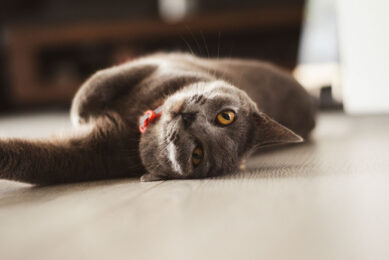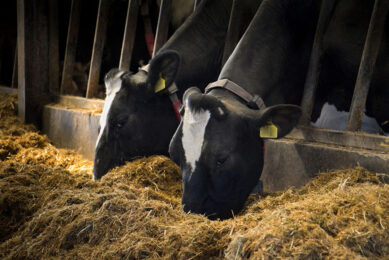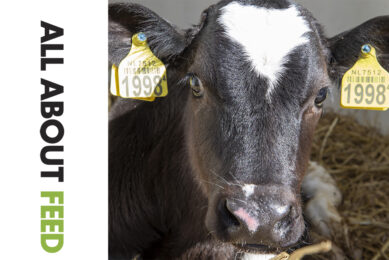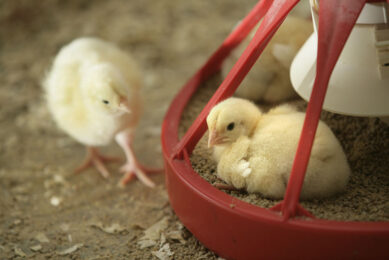Cat diets to become more sophisticated
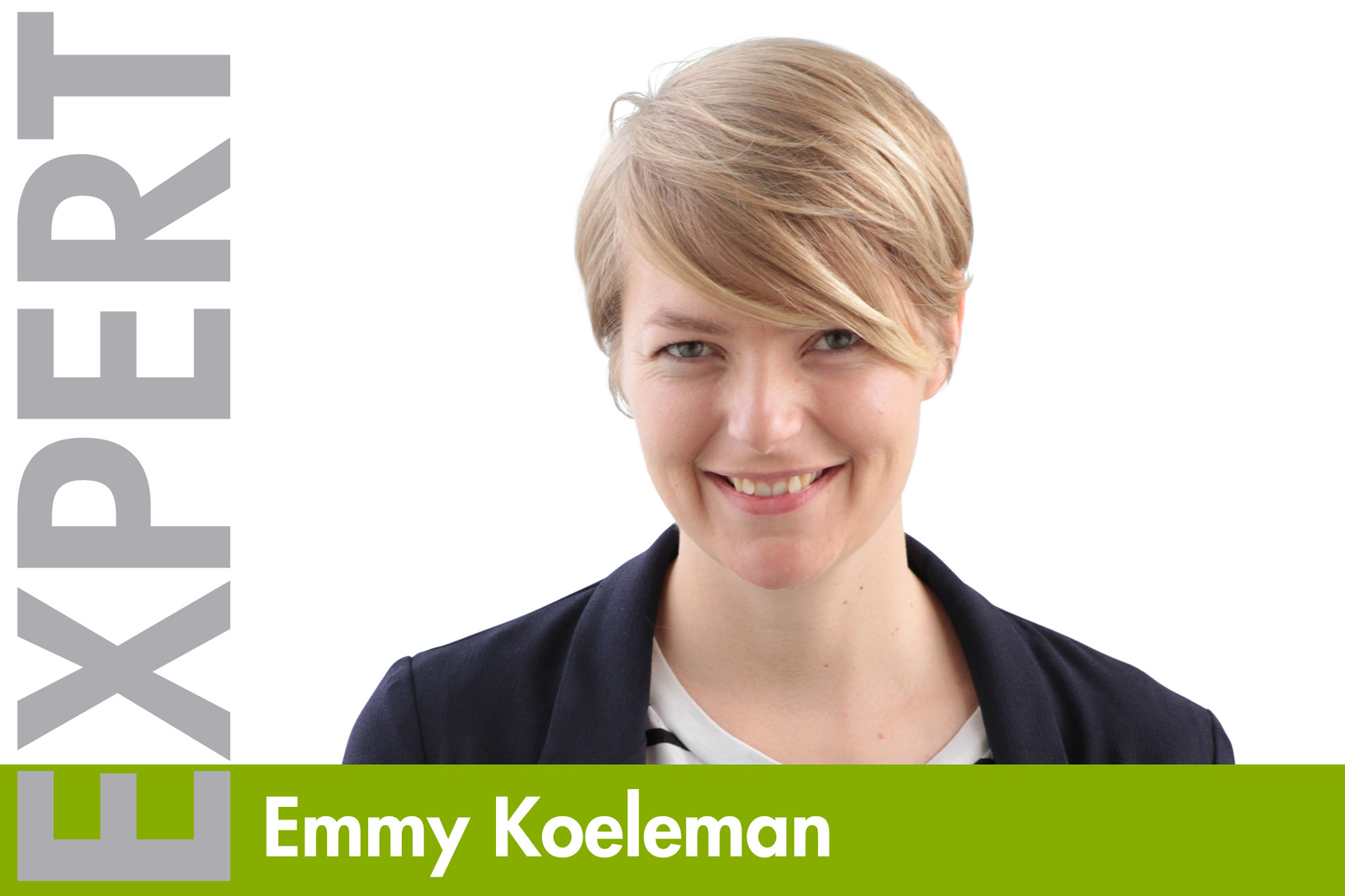
The global pet market is marked by differentiation and premiumisation. What we have seen over the last years, is that pet food companies invest more in the development of enhanced pet food products, which in turn creates greater segmentation with factors such as age, breed and health maintenance.
Premium pet foods may include diets with certain health promoting ingredients, prescription diets from the veterinarian or diets with only organic raw materials or non-grain substances. An example in the cat food business, regarding health promoting ingredients, is a diet formulation designed to reduce hairball formation. About 10% of shorthaired cats bring up hairballs periodically, the need being around twice as common in their longhaired counterparts. Hairball formation is common in pet cats, but presents an unpleasant nuisance for many owners as they dislike the signs of vomiting, retching and coughing. This situation forms the ground for industrially produced cat foods with a hairball-control claim.
According to All About Feed’s pet food expert Anton Beynen, dietary cellulose product can be the answer. Cellulose may prevent the agglomeration of single strands of hair in the stomach, thereby increasing the transfer of loose hairs into the duodenum. This effect may be greater for fibrillated cellulose prepared by modern and sophisticated milling technology and facilitating the formation of an insoluble fibre network. Cellulose ingestion also accelerates the transit of digesta and thus propels duodenal hair into the faeces. In studies it was shown that these two mechanisms together lead to the observed cellulose-induced faecal excretion of hair. Consequently, there will be less vomiting of hairballs.
Read also: Raw pet foods make raw claims
I find this an interesting development that shows that pet food formulations become more sophisticated and tailor made. You can question whether this is only done for the cat owners (as they may not like the signs of vomiting, retching and coughing, that comes with hairballs), and not really benefits the cats that much. But I think it does. You might think that hairballs are a normal phenomenon in cats, but the ingested hair (from grooming) is actually supposed to move through the gastrointestinal system and pass out of the body in the faeces without complication. When this is not happening correctly, fibre rich materials in the pet food can profit the animal as well. They can help the hair moving through the intestinal tract easier and I am sure cats dislike regular vomiting as well.




